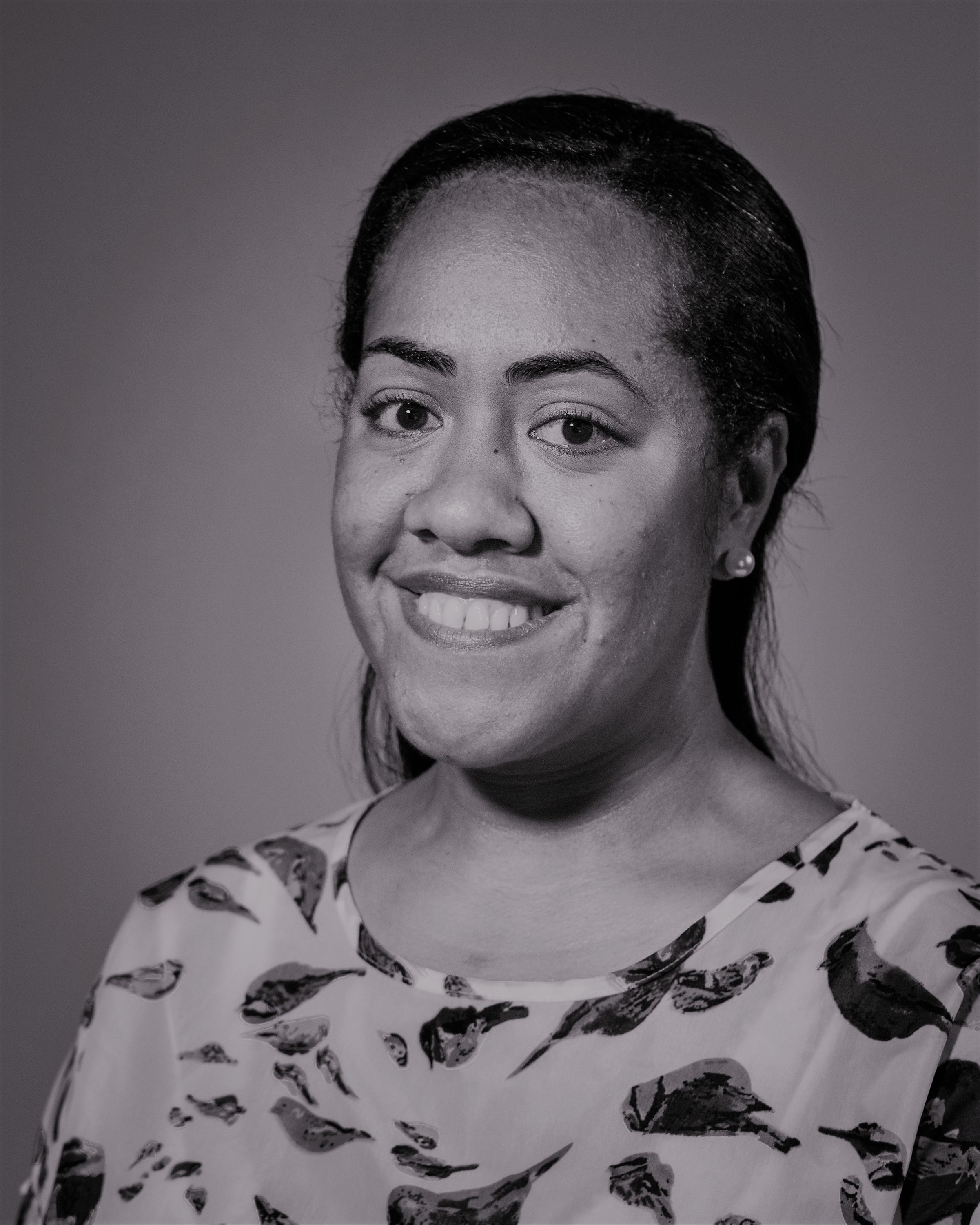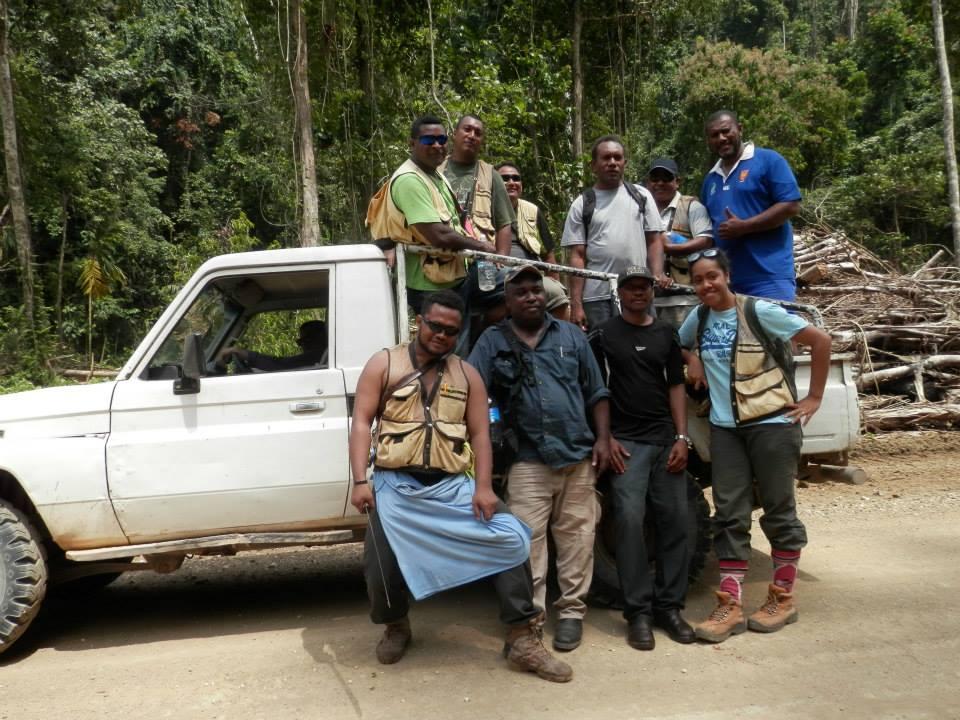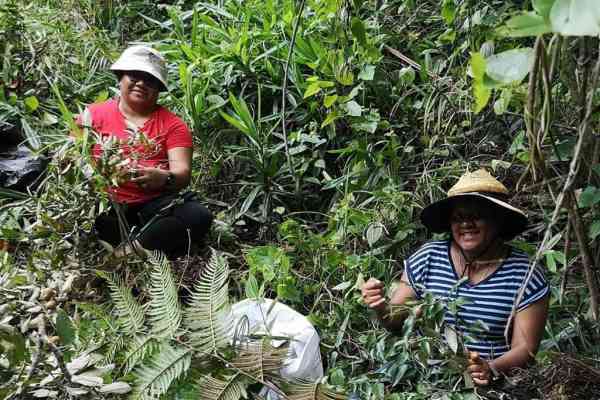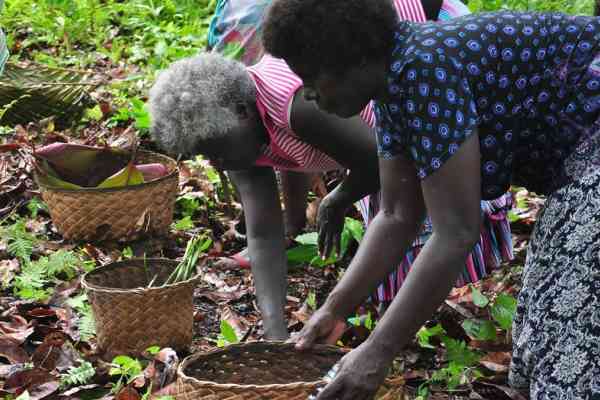Loraini’s story of becoming one of few female Forestry Technicians in the Pacific
Demand for economic development, demand for logs and timber outside the region and the demand for land for food security and agricultural expansion are the main drivers of deforestation and forest degradation in the Pacific.
To combat these drivers of deforestation, the Pacific Heads of Forestry in 2009 recommended the development of the Reducing Emissions from Deforestation and forest Degradation (REDD+) regional policy framework.
After multisectoral consultations with stakeholders the REDD+ programme was endorsed by the Pacific Ministers for Agriculture and Forestry in 2012, which was supported by its development partners the Pacific Community (SPC) and the German Agency for International Cooperation (GIZ).
This project proved to have numerous benefits to Pacific Island Countries, firstly, because it helped PICs to meet carbon reduction targets set out by the United Nations Framework Convention on Climate Change (UNFCCC), but more importantly, the REDD+ initiative provided an opportunity to the region to create and export their carbon assets along with timber. Carbon assets refers to the potential of greenhouse gas emission reductions that a project is able to generate and sell.
Accordingly, REDD+ activities in the larger Melanesian countries encompass an opportunity to access a significant source of foreign exchange earnings. Countries that have small areas of forest cover with high local importance for supporting the well-being of local communities can benefit from REDD+ project approaches for protecting and enhancing these areas (management of watersheds, coastal protection, flood mitigation). These forest ecosystem services are commonly underestimated in the national accounts of small Pacific Island countries and territories.
What role do women play in combating Pacific’s deforestation reduction efforts?
In the REDD+ project at LRD, women make up 20% of the entire team, however the work, leadership and support for women in this field is increasing.
One inspiring example of women leading forestry projects in the region is Adi Loraini Baleilomaloma-Kasainaseva, a Forestry Technician at Land Resources Division (LRD) of the Pacific Community (SPC).
Loraini works under LRD’s Pillar 2 that is responsible for stainable Forest and Landscape Management and currently leads two projects: the REDD+ project and Land Use Planning of the Ridge to Reef project.
“As a forestry technician, the work that I do is basically community consultations with our project sights and carry out national forest inventories, I do policy review and strategy review for our countries, especially sustainable forest management policies and also drafting of guidelines for countries in areas of management for their mangroves or forests,” Loraini explained.
According to Loraini, there were some challenges she encountered when she started working in this field, one of which was not knowing what would working in a forestry sector require.
“There was not much awareness on what forestry was before I joined, because my background is in Geography and Land Management at University level. So, this job brought me on the side of working with policies and FAO UNREDD Project. Some of the ground work that I did was under the Regional REDD+ Program which required me to do national forest inventory for Wallis, where I had to design and actually go out in the forest and do those measurements and tracking through hard terrains to do those work.”
However, Loraini overcame her challenges using one simple trick and that is proper communication and the willingness to learn.
“I think it is really important to communicate with your teams, if there are things that you cannot do or you feel there are things out in the field you are not comfortable doing you will have to let your team know before you actually go. Also, I have a great support system from my senior male colleagues who have showed me the ropes on forestry and land use planning in the Pacific region.”
“So its basically the passion for your work, if you love to go out to the forest and dealing with natural resources and the people, then you wouldn’t have any problems even if you are a male or female.”
Loraini is one of the few female Forestry Technicians in the Pacific who carries out forest inventory that feed’s into UNFCCC’s reports on carbon stock and forestry resources. Collecting this sort of data on forestry resources helps governments determine what developments they could implement in the future without affecting the forest resources.
The proud Forest technician explained that she never aspired to become a Forest Technician because there was not much awareness about this field at secondary school level.
“From secondary school we were asked if we want to become a lawyer, teacher and then you have subjects that does not really go into forestry. We have agriculture that covers a bit of forestry, we have Geography which is general but not much on Forestry as a subject on its own. I think more awareness is needed at secondary school level so that youths know that there are schools out there and Universities out there that actually offer a bachelor’s degree in Forest Management. But studying Environmental science, Geography and Land Management etc, can also get you into the field of Forestry depending on project needs, because forestry is not only about trees, it is about the network of people and fauna that use these resources, the river systems that can be affected if you remove all trees, the development activities that impact forest areas, production and exports of forest products, the policies and management strategies that needs to be drafted to protect the forest and so on, ”
Loraini, through her project, is not only able to expand her knowledge and experience as a Forestry Technician, but also able to help Pacific Island Countries to achieve their REDD+ goals and at the same time help vulnerable communities to manage their forest resources.

Loraini’s advice to women and girls who want to join Forestry:
“Trees are fundamental in maintaining our natural ecosystems and our natural resources from the ridge to the reef. If you are passionate about the sustainable management and conservation of our unique natural resources, protecting our valuable resources that we have, then forestry is one of the areas you could go into.”


